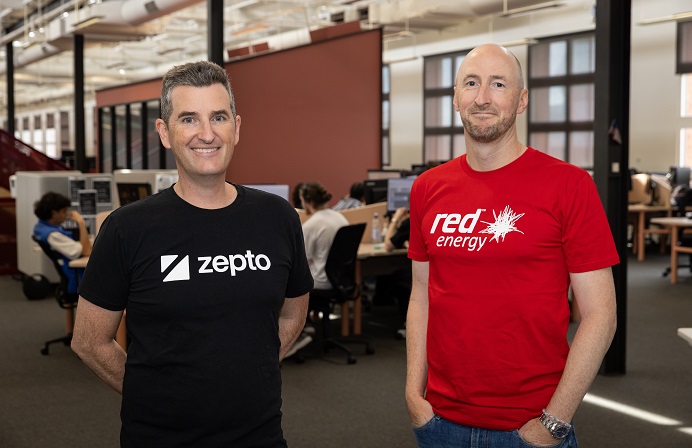
As banks across Asia evolve their products and services to keep up with customer demands, they also need to streamline their back-end platforms to manage payments and marketing for risk and fraud, according to Richard Moore, Managing Director & Group Head of Financial Crime & Security Services at DBS Bank.
Moore spoke at the Technology & Innovation – The Future of Security in Financial Services conference in Singapore.
“Technology is changing the world, it is enabling things to be done in bigger quantities, much faster and globally, and we have got to be able to respond to that,” said Moore.
He highlighted the need to change from the traditional approach, utilising the value of analytics in the success of this change. Banks can no longer do everything and now need to start doing less, but become smarter about it, according to him.
As banks converge their payment, data and cloud infrastructure, the security system behind it needs to do the same or risk the increasing threat of fraud and cyber-crime.
“You need to understand the threat, and you need to be able to respond to the threat, depending on the channel, depending on the transaction, depending on the activity,” said Moore.
With different areas within the bank reporting individually, the relevance is not being known, according to Moore. “This causes a lot of inefficiencies and ineffectiveness in what you are doing.”
Moore called this the disconnected approach, and as big data emerges and allows banks to build a back-end infrastructure for services, that platform also needs to be extended to risk management.
“We need a platform that we can adapt as products and channels evolve… we need to be able to support the business 24/7 and globally.”
Heads of security need to know what is happening across all channels – whether it is credit card transactions, online banking, or trade operations, to identify the risk and respond in a timely way.
According to Moore, consolidation is the goal, “Many of those data elements are common, but they are in different structures, and support different systems. So how can we consolidate that? This is where we need to get to.”
As multi-channels and omni-channels are increasingly built, consolidating these together will lower costs, and increase efficiency, said Moore, adding efficiency means more engaged staff, better customer service and understanding what is happening across the business.
“If you have common infrastructure, you have more ability to get people trained to use that system and to be flexible across that system,” said Moore. “Reduced alert volumes, better engaged staff, we reduce our cost because we do not have to put as many staff on, we do not have to hold as much data, we do not have to pay as much licensing.”
Moore flagged a multi-layer approach as the way ahead for security defence.
“You need to make sure you constantly invest in these programs, it’s not a set and forget activity.”





